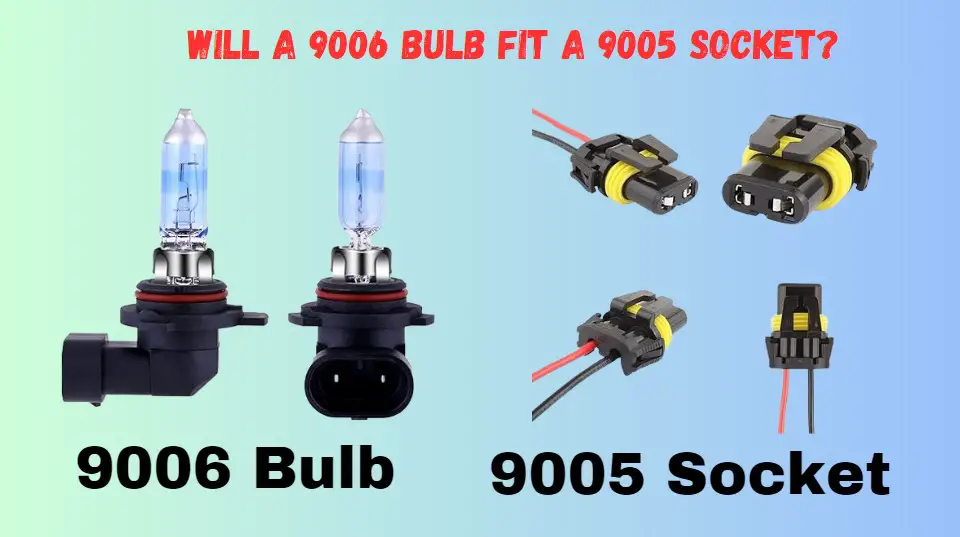No, a 9006 bulb will not fit into a 9005 socket as they have different configurations. The 9006 is for low beams, while the 9005 is for high beams with distinct base designs.
Understanding the compatibility of car headlights is crucial for vehicle maintenance and safety. Car owners often find themselves needing to replace headlights, and knowing which bulbs fit can save both time and money. The 9006 and 9005 bulbs, although similar in some aspects, are designed for different functions and have unique locking tabs and connectors that prevent them from being interchangeable.
It’s essential to use the correct bulb to ensure proper fitment and avoid potential damage. Using the wrong type of bulb can also lead to unsafe driving conditions if the vehicle’s lighting is compromised. Accurate information ensures you’ll make the right purchase for your car’s lighting needs. Will a 9006 Bulb Fit a 9005 Socket?
Understanding Bulb Specifications: 9006 And 9005
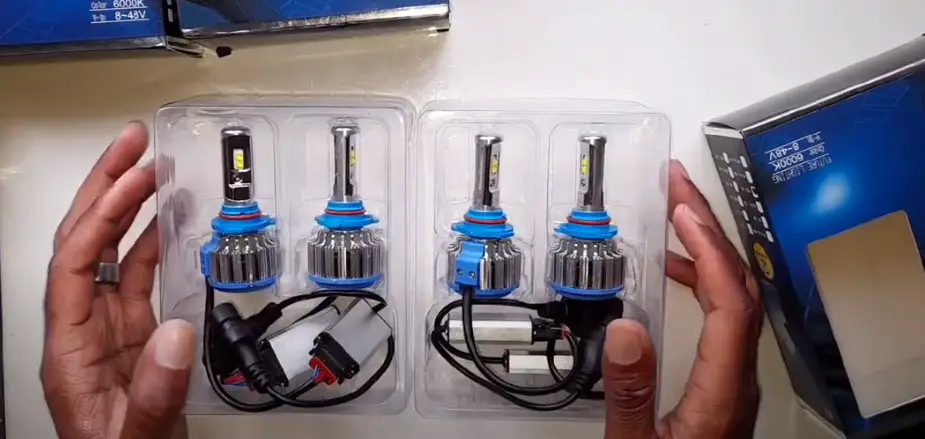
When talking about vehicle lighting, details matter. The difference between a 9005 and a 9006 bulb might not seem significant at first glance, but these specifications could mean the difference between a well-lit road and a trip to the mechanic. Let’s dive into what these numbers mean and whether these bulbs are interchangeable. We’ll sift through the technicalities to ensure you choose the correct bulb for your vehicle’s needs.
Understanding the compatibility between different bulb types and their respective sockets is crucial for any vehicle owner. A bulb’s designation, like 9005 or 9006, refers to its base type, size, and electrical specifications. Each socket in your vehicle’s lighting system is designed to hold a specific type of bulb.
- Pin Alignment: The layout of the pins on the bulb’s base must match the socket configuration.
- Locking Tabs: These must properly align to ensure the bulb is secured in place.
- Wattage Ratings: The power rating must be compatible to prevent electrical issues or damage.
Although they share similar names, the 9006 and 9005 bulbs have distinguishing features that prevent them from being universally compatible with the same socket.
| Feature | 9005 Bulb | 9006 Bulb |
|---|---|---|
| Function | High beam / Daytime Running Light (DRL) | Low beam |
| Wattage | 65W | 55W |
| Lumens | Approx. 1700lm | Approx. 1000lm |
Despite similarities, the 9005 and 9006 bulbs are not designed to be interchangeable without modifications. The differences in base shape and electrical properties mean they fit into unique sockets in the light assembly.
Finding the right bulb for a vehicle’s headlight or taillight involves more than just purchasing one with the right number on the package.
- Correct Fit: A proper fit is essential to ensure the bulb seats well for optimal lighting and longevity.
- Electrical Safety: Fitting the wrong bulb can cause electrical problems, potentially damaging the vehicle’s wiring or fuse system.
- Legal Compliance: Using the correct bulb ensures compliance with vehicle inspection standards and road safety regulations.
Always prioritize exact matches for bulb replacements to maintain functionality and safety. When dealing with headlight bulbs, such as the 9006 and 9005, take the time to verify specifications. This careful approach guarantees a safe and illuminated driving experience.
Interchangeability Of Car Light Bulbs
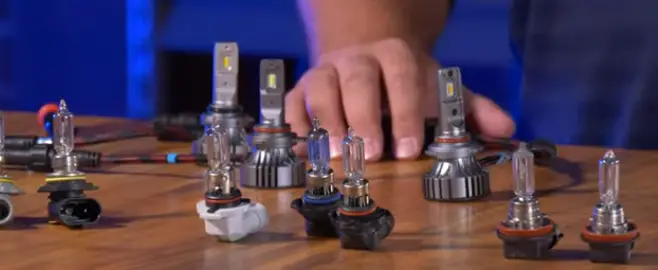
Understanding the Interchangeability of Car Light Bulbs is crucial for any vehicle owner. Replacing headlight bulbs is an inevitable part of car maintenance. Many drivers are faced with an array of bulb options and compatibility concerns. Will a 9006 bulb fit into a 9005 socket? Logic suggests that similar numbering may indicate interchangeable parts, but the truth is not always so straightforward. This section will unravel the complexities behind car light bulb compatibility and what you need to consider before making a switch.
General Rules For Bulb Interchangeability
Grasping the general rules for bulb interchangeability can save time and prevent damage to your vehicle’s lighting system:
- Bulb numbers refer to the design specifications.
- Compatibility depends on the base design, electrical rating, and bulb size.
- Always check the vehicle’s manual or manufacturer’s recommendations.
- Sticking to original equipment manufacturer (OEM) parts is safest.
Bulb numbers, like 9005 and 9006, might imply similar characteristics but often define different aspects of the bulb’s function and design.
When Is It Safe To Use A Different Bulb?
It’s possible to use different bulbs in certain situations. Key considerations include ensuring that the bulb fits securely in the socket and that it matches the necessary electrical requirements of the vehicle. Factors to carefully review:
- Socket size and pin configuration
- Wattage and voltage specifications
- Heat output compatibility
- Light beam pattern and alignment
- Legal requirements for road safety
Bulbs may physically fit into another socket, but this does not guarantee functional compatibility. Checking with an auto parts expert or a trusted mechanic is advisable.
Potential Risks Of Improper Bulb Fitting
Fitting a bulb into a socket it was not designed for may lead to consequences that can compromise both the safety and the integrity of the vehicle. Consider the following risks:
| Risk | Consequence |
|---|---|
| Electrical mismatch | Can cause fuses to blow or damage the electrical system |
| Heat dissipation issues | Critical in case of bulbs that generate more heat than the socket can handle |
| Improper alignment | Results in poor illumination and can blind oncoming traffic |
| Irreparable damage | Wrong bulbs can lead to permanent damage to sockets or the car’s wiring |
Prioritize safety and vehicle performance by using the correct bulb type or seeking professional help for alternatives.
Physical And Electrical Characteristics
Understanding the Physical and Electrical Characteristics of different automotive bulbs is critical when considering replacements or upgrades. For vehicle owners questioning whether a 9006 bulb will fit a 9005 socket, it’s essential to grasp the nuances between these two types. Let’s delve into the intricacies of design variances, voltage and wattage requirements, as well as base differences, to shed light on the compatibility of these bulbs to avoid potential mishaps and ensure optimal performance.
Design Variances Between 9006 And 9005 Sockets
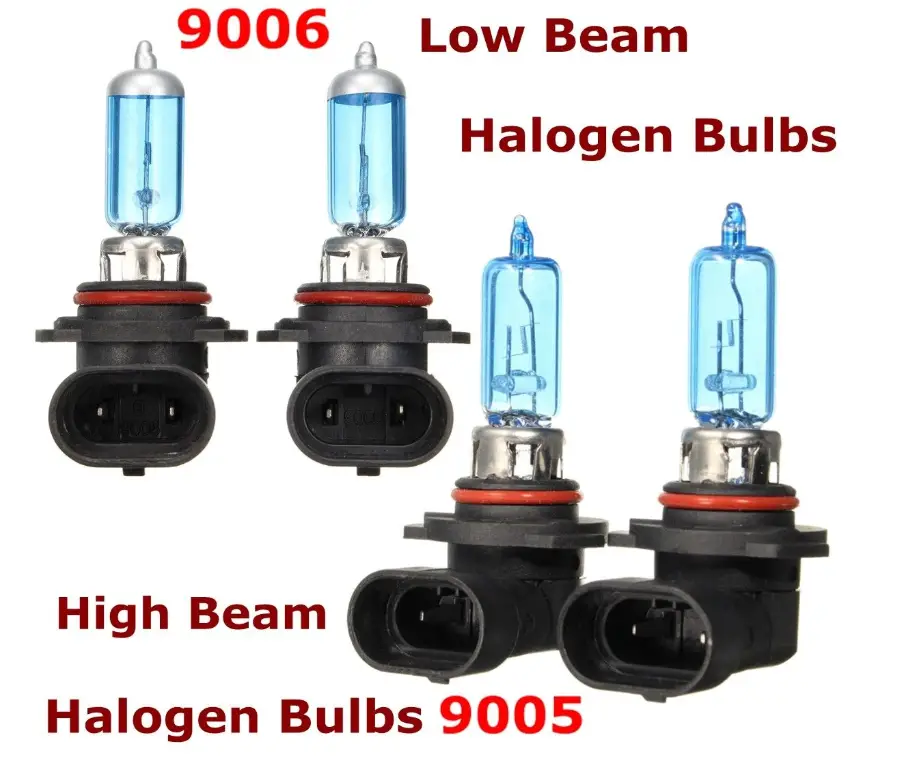
The design of the bulb base is arguably the most noticeable difference between the 9006 and 9005 bulbs. While they may look similar at a glance, subtle variations can affect compatibility:
- 9006 bulbs, also known as HB4, typically feature a lower wattage for use as headlight bulbs.
- 9005 bulbs, known as HB3, are often used for high beams with a higher wattage and slightly different base designs.
These distinctions in design make a difference in how the bulbs lock into their respective sockets, which could be a determinant factor in whether you can interchange them without modifications.
Voltage And Wattage Considerations
Voltage and wattage ratings are paramount when swapping bulbs to avoid electrical complications:
| Bulb Type | Voltage | Wattage |
|---|---|---|
| 9005 (HB3) | 12V | 65W |
| 9006 (HB4) | 12V | 55W |
Both 9005 and 9006 bulbs typically operate on the same voltage, yet their wattage differs. This difference can influence the brightness and hence the function of the bulbs. It’s crucial to ensure your vehicle’s electrical system can handle any changes.
Impact Of Bulb Base Differences On Fitting
The compatibility of a 9006 bulb in a 9005 socket is often hindered by the bulb base configuration:
- The locking tabs and notches vary between the 9006 and 9005 bulbs.
- Modifying the base of a 9006 bulb could potentially allow it to fit into a 9005 socket, but this is not recommended as it could lead to poor connection and performance issues.
It’s vital to use the correct bulb for the designated socket to avoid damage or unsafe conditions. The precise fit ensures reliable performance and longevity of your vehicle’s lighting system.
The Anatomy Of A Bulb Swap: 9006 Vs. 9005
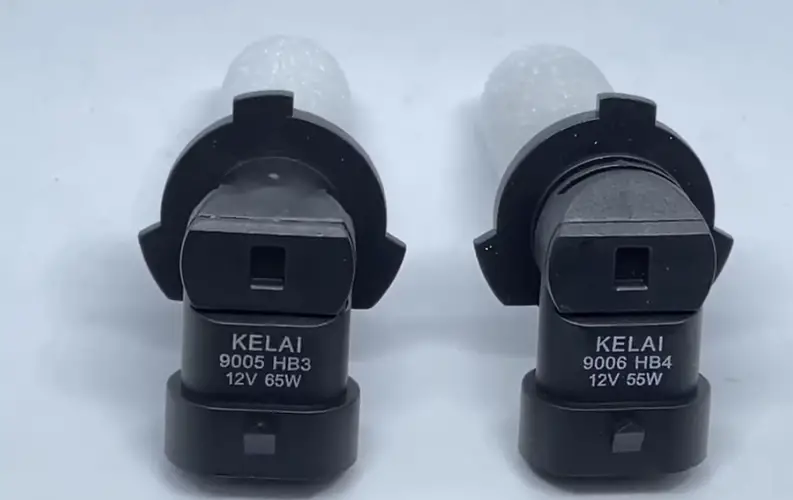
When upgrading or replacing headlight bulbs, car enthusiasts often ask, “Will a 9006 bulb fit in a 9005 socket?” Understanding the nuances between these bulbs is vital as they are similar yet designed for slightly different purposes. This section dives into the specifics of 9006 and 9005 bulb types to determine the feasibility and implications of such a swap.
Exploring The Plug-and-play Concept
Plug-and-play refers to the ease of installation without the need for extra tools or modifications—a concept highly sought after in auto lighting. Although 9006 and 9005 bulbs appear similar and share the same base PX29t designation, their design intentions slightly differ. The 9006 is typically used as a low-beam bulb, while the 9005 serves as a high-beam or daytime running light. Let’s inspect if a simple bulb substitution is feasible or if a deeper dive into compatibility is required.
Modifications Needed For A 9006 Bulb In A 9005 Socket
Contrary to the ideal plug-and-play scenario, using a 9006 bulb in a 9005 socket may necessitate slight adjustments. Although the electric connector might fit, differences in the notch arrangements on the bulb base could render them incompatible without modification. Adapting the bulb could involve trimming or repositioning these notches. This raises concerns about the integrity of the connection and potential safety issues. Let’s compare the potential risks versus the benefits and practicality of this approach:
- Improper alignment leads to beam scatter or blinding oncoming traffic
- Risk of melting the socket due to different wattages and heat dissipation rates
- Potential voiding of bulb or headlight warranty
Professional Vs. Diy Bulb Swap: Weighing The Options
When considering a bulb swap, the deliberation between professional installation versus DIY comes into play. Each option has its merits and should be weighed based on expertise, comfort level with car modifications, and the value of time. A professional swap ensures a guarantee on the service, taking advantage of the mechanic’s specialized skills. On the other hand, a DIY approach might save money but requires a careful study of the bulb specifications and possible vehicle manual consultation. Consider these factors:
| Professional Installation | DIY Installation |
|---|---|
| Reliability and warranty of work Less risk of improper installation Time-saving | Cost-effective Personal accomplishment Customization control |
Legal And Safety Implications
When considering the interchangeability of vehicle headlight bulbs, such as replacing a 9005 bulb with a 9006 counterpart, you must recognize the legal and safety implications. The correct match of bulbs and sockets is not only essential for optimal illumination but also for compliance with road safety regulations. Compromises in these aspects can lead to reduced visibility or potentially hazardous situations.
Regulatory Guidelines On Bulb Replacements
Regulatory bodies have clear guidelines on vehicle lighting, dictating strict standards for on-road safety and compliance. Before attempting to fit a 9006 bulb into a 9005 socket, it’s crucial to:
- Verify the compatibility guidelines issued by your local transportation authority
- Ensure that the replacement bulb does not violate any vehicle manufacturer’s specifications
- Check if the alteration strays from original equipment standards, which may affect your vehicle’s warranty or insurance policies
Safety Concerns With Mismatched Bulbs And Sockets
Integrating a mismatched bulb and socket may result in:
- Inadequate seal and potential for moisture ingress, leading to bulb failure
- Suboptimal beam pattern alignment, causing glare and decreased road visibility
- Increased risk of overheating or wiring damage due to differing power requirements
These factors not only compromise vehicle safety but also infringe upon legal standards intended to protect all road users.
Insights From Automotive Lighting Technicians
Consulting automotive lighting experts yields insights emphasizing adherence to designed specifications. Technicians warn that:
- Voltage Variance
- 9006 bulbs may operate on a different voltage compared to 9005 bulbs, which can lead to electrical system issues.
- Connectivity Issues
- Even though the bulbs look similar, they may not connect securely, risking bulb dislodgment or connector damage.
- Manufacturer’s Stance
- Vehicle manufacturers recommend against such modifications, underscoring the potential voiding of warranties and support.
Alternative Solutions And Recommendations
Chasing the correct replacement for a vehicle’s headlight bulbs can steer car owners into a tricky intersection of choices. Particularly, questions often arise when considering whether a 9006 bulb will fit into a 9005 socket. Compatibility is critical for functionality and safety, which leads many to seek alternative solutions and recommendations. This segment delves into the crossroads of bulb interchangeability, offering pointers to light your path toward the ideal headlight solution for your vehicle.
Seeking Compatible Bulb Alternatives
Exploring the possibilities of interchangeable bulbs requires attention to detail and specification matching. While the 9006 and 9005 bulbs share some similarities, they are not universally compatible. Their differences primarily lie in their intended purpose: the 9006 serves as a low-beam bulb, whereas the 9005 is used for high-beam lighting or as a daytime running light.
- Verify the base design: Although similar, the base lock design of the 9006 and 9005 may prevent a proper fit.
- Check wattage ratings: Mismatched power ratings can affect bulb performance or create electrical issues.
- Consider legal requirements: Headlights must meet specific standards; using a bulb not designed for a socket can breach regulations.
Selecting a proper alternative often involves looking for bulbs with similar base designs and appropriate wattage that are also tailored to the specific socket in your vehicle.
Expert Tips On Selecting The Right Bulb
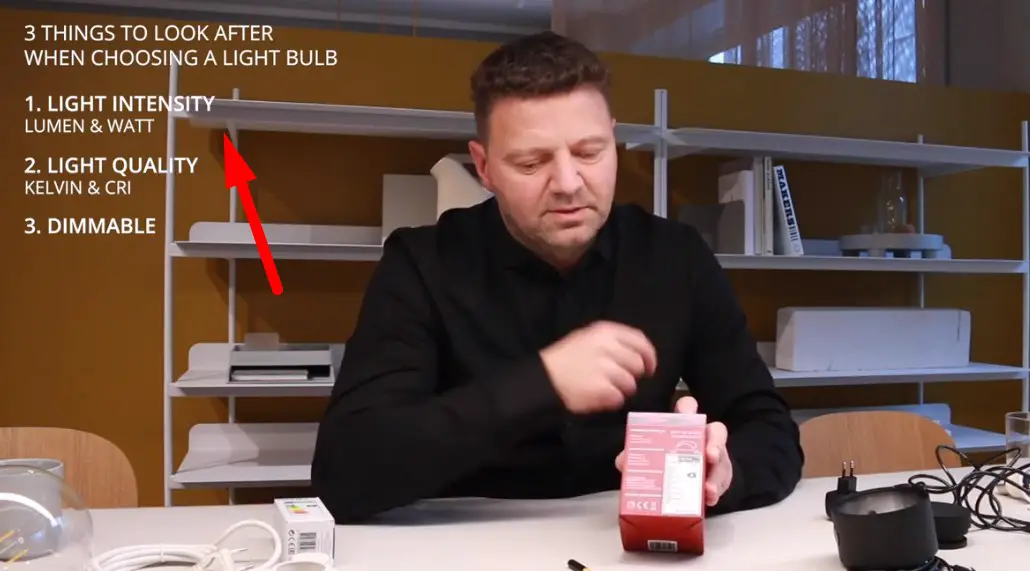
Selecting the ideal bulb necessitates a few expert guidelines. Adherence to these tips not only promotes optimal functionality but also ensures a seamless installation process:
- Always reference the vehicle’s manual or consult with the manufacturer to confirm the appropriate bulb type and specifications.
- Search for certified aftermarket options that are designed to fit multiple socket types if a direct match isn’t available.
- Choose bulbs that offer comprehensive warranties to safeguard against premature failure or defects.
Remember, quality should never be compromised for the sake of convenience. Opt for reputable brands that guarantee a blend of durability and performance.
Prioritizing Safety And Compliance
In the quest for fitting a 9006 bulb into a 9005 socket, the overarching principle should always hinge on safety and compliance. Compromising these aspects can lead to diminished road visibility and potential legal complications. It’s vital to choose bulbs that not only fit correctly but also conform to road safety standards. Should you consider making modifications, these must be executed by a qualified technician.
While some may tout simple hacks and modification techniques, such practices raise safety concerns and could negate insurance policies. Prioritize your safety on the road—always rely on professional advice and select bulbs that align with regulatory requirements.
Frequently Asked Questions For Will A 9006 Bulb Fit A 9005 Socket
Can You Use A 9006 Instead Of a 9005?
No, you cannot use a 9006 bulb instead of a 9005 because they have different connectors and wattage specifications. Always match the bulb to the correct socket type and electrical requirements for safety and proper functionality.
What Does A 9006 Headlight Bulb Fit?
The 9006 headlight bulb fits a variety of vehicles, commonly used for low-beam headlights and also as fog lights in some cars.
What Bulb Is The Same As 9005?
The 9005 bulb is equivalent to the HB3 bulb, offering the same compatibility for vehicles requiring this headlight size.
Is 9006 And H11 The Same?
No, 9006 and H11 bulbs are not the same. They have different connector types and are not interchangeable.
Conclusion
Understanding the compatibility of 9006 bulbs with 9005 sockets helps ensure your vehicle’s lighting performs optimally. While direct replacement isn’t advisable, modifying the base might provide a temporary solution. Always prioritize safety and proper fitment or consult a professional when considering bulb modifications.
Brighter journeys start with the right knowledge!

